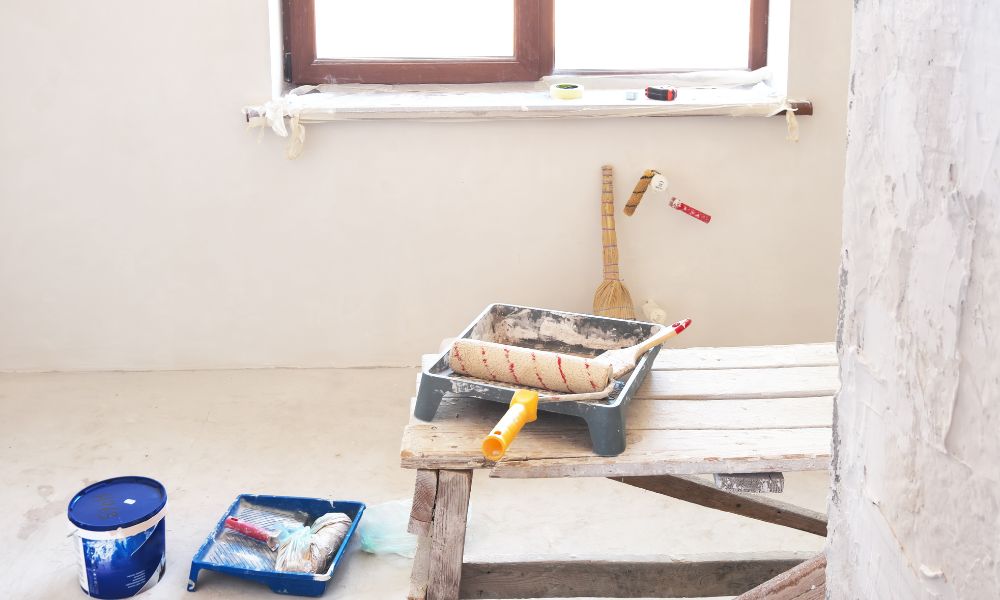Award Winning Service
Award Winning Service

In the construction and renovation industries, drywall installation is a common task that requires precision, patience, and, most importantly, adherence to safety protocols. The use of drywall benches, which elevate workers to higher surfaces, is an essential part of this process. However, with increased height comes an increased risk of falls and injuries. Following certain safety tips when using these benches is crucial to mitigating these risks.
Let’s look at safe work practices and drywall bench safety tips to ensure a secure and productive work environment.
Before using a drywall bench, inspecting it for any visible defects or damages is vital. Check for cracks, bent frames, loose screws or bolts, and damaged platforms. If you notice any issues, report them to your supervisor immediately, and don’t use the bench until it has been repaired or replaced.
When working on a drywall bench, wearing proper footwear is crucial. Avoid open-toed shoes or sandals as they don’t provide adequate protection in an accident. Instead, wear sturdy work boots with good traction to prevent slips and falls. Additionally, tie your shoelaces, as they can become entangled in the equipment.
Drywall benches have weight limits for a reason—exceeding this limit can lead to collapse or tip-over accidents. Be aware of the weight capacity and only use the bench for its intended purpose. Don’t place heavy objects or materials on the bench, and don’t allow more than one person to use it at a time.
When getting on and off a drywall bench, always face the bench and maintain three points of contact (two hands and one foot or two feet and one hand) with the ladder. Don’t overreach or stand on the top platform; always maintain a firm grip on the ladder. If you need to move the bench, don’t attempt to climb while moving it—instead, have a coworker assist you.
Following these safety tips can ensure a safe work environment when using a drywall bench. Always prioritize safety and report any concerns or hazards to your supervisor. Keep these tips in mind, and stay safe while working at heights.
If you need an adjustable-height drywall bench, Timothy’s Toolbox can provide various options to fit your needs. Contact us today to learn more about our products and how we can enhance safety in your workplace.
{"one"=>"Select 2 or 3 items to compare", "other"=>"{{ count }} of 3 items selected"}
Leave a comment